Projects & Challenges

In Spain and the rest of the world while the thermosolar energy is going backwards for some reason, other types of energy generation such as the fotovoltaic and energy storage are increasing their market share.
Due to several problems occured in these plants, the thermosolar technology has adquired the perception of being more complex, the perception of being more risky for investors and the perception of being more expensive than other technologies.
Nevertheless SENER has an extraordinary experience within the executed projects. It is not only a matter of comparing the Euro/kwh generated with other technologies, but also other benefits such as the sustainability, employment generated, etc..
The objective of this CHALLENGE is to identify what actions and measures can be adopted to try to change the aforementioned perception of this technology.
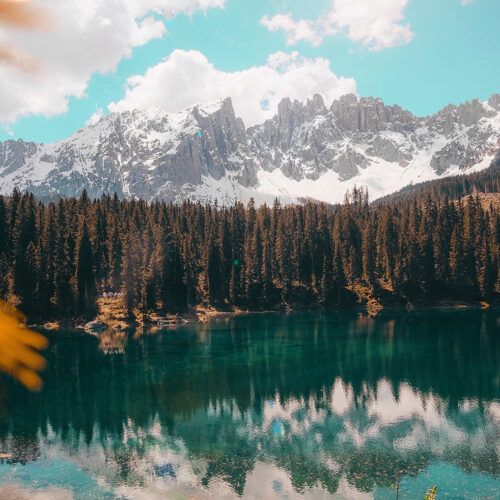
We are also sensitive to European Union targets over the climate and energy framework:
- At least 40% cuts in greenhouse gas emissions (from 1990 levels)
- At least 32% share for renewable energy
- At least 32.5% improvement in energy efficiency
That is reason behind trying to identify a natural energy source which can re-use the energy already used.
Have in mind the law of conservation of mass:
In physics and chemistry, the law of conservation of mass or principle of mass conservation states that for any system closed to all transfers of matter and energy, the mass of the system must remain constant over time, as the system's mass cannot change, so quantity can neither be added nor be removed. Therefore, the quantity of mass is conserved over time.
Would we be able to think in a way to use the existing natural energy or to re-use the already consumed one to reduce the infrastructure energy consuption?
Some examples are the PISTON Effect or the human body heat or the train breaks heat. Also see TUNEL ENERGY COMPANY.
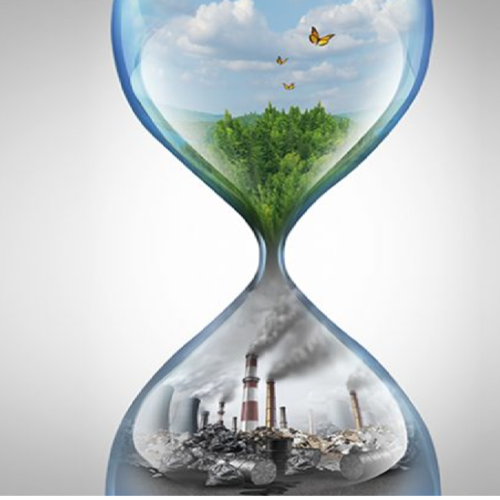
Is there a way to purify air in a way that reduces pollution levels in big cities?
One of the policies established by the European Union is to expand green areas as they favor the reduction of pollution. Various studies affirm that trees are effective natural elements to reduce pollution levels. In this sense, the plants have a process that favors the elimination of contamination.
We are looking for all kinds of ideas that allow to reduce pollution levels by attacking directly on the polluted air and not so much on the sources of emissions. Both global solutions (an entire city) and specific areas are valid.
This solution, which would be in line with the Sustainable Development Goals, would benefit us all and would improve people's health and control pollutants emitted into the atmosphere.
Pollution in cities is a reality. At SENER we have been able to generate complex processes in order to obtain energy. Could we generate some type of process that helps to reduce pollution in the environment? Can you think of what things we could do to eliminate or reduce pollution in the environment?
https://ec.europa.eu/clima/policies/strategies/2030_en
How could we eliminate or reduce the air pollution in cities?

One of the consequences of the pandemic has been a drastic reduction in the levels of use of collective means of transport (subway, bus, rail, plane, ship ...), not only and logically in moments of confinement experienced throughout the world, but throughout the subsequent period up to today. People are afraid to use public transportation in current circumstances.
Many people are not willing to take the risk of sharing a closed space with others at short distances and for long periods of time, and are opting for the use of private vehicles or other means of transport.
This circumstance is translating into a drastic reduction in the occupancy levels of the collective transport systems, which are facing an unprecedented crisis, both due to the reduction in income from ticket sales, and in some cases due to the loss of government grants that are tied to the degree of utilization.
In parallel there are many trips that are being transferred to the private vehicle, which is much less efficient in terms of energy and more polluting, with which the planet is also being harmed.
In this context, the challenge has two dimensions.
How could we minimize the risk of virus contagion in public transport?
- In the first place, it is about finding solutions that minimize the risk of virus contagion (today it is Covid-19, tomorrow it may be another) in public transport.
- And secondly, and with relative independence from the above, to find ways to overcome the fear of users to use it in pandemic conditions like the ones we are experiencing.
We look for solutions that are capable of generating a product or a service that we can offer to our clients, to help them overcome the extremely complicated situation in which they find themselves.
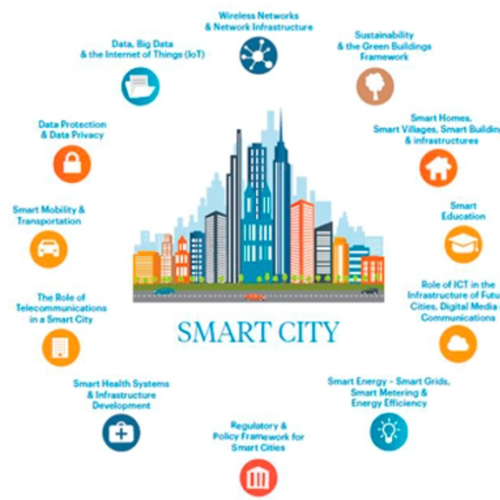
To these services of a public nature must be added others of an auxiliary nature, necessary for the operation of the municipal facilities themselves, such as the supply of energy for public buildings, their lighting, heating, cleaning ...All these services, whether provided with their own means or through contracts, represent a very important cost for cities, and on the other hand, the level of quality with which they are provided has a very important impact on the day-to-day life of citizens and also on many other dimensions of the city, such as the ability to attract tourism, economic activities, etc.
Improving efficiency in the provision of these services is one of the main objectives of Smart cities, which can be defined as an integrated system of systems that use the scientific-technical revolution and ICT to achieve the improvement of the quality of life, security for the population and the urban heritage, efficiency in the operation and urban services and productivity in its economic activities.
From this point of view, the objective of the challenge is to identify technological solutions that allow the different urban services to be provided in a more efficient way, with lower operating costs for the City Council, and with better benefits for citizens.

Having an efficient management of cities services would promote the use of public transport while it maintains the a balance in the vehicular load in the streets of the city and the adequate use of public transport.
The challenge has the following objectives:
- Seek technological solutions related to smart cities for traffic management and the integration and improvement of public transport
- Find the necessary methodologies for the integration of public transport and private vehicles
- Conceptual design of the communications network that would support the project
How could we efficiently manage and integrate vehicular traffic, services and infrastructure to promote the use of public transport using the concept of Smart Cities?
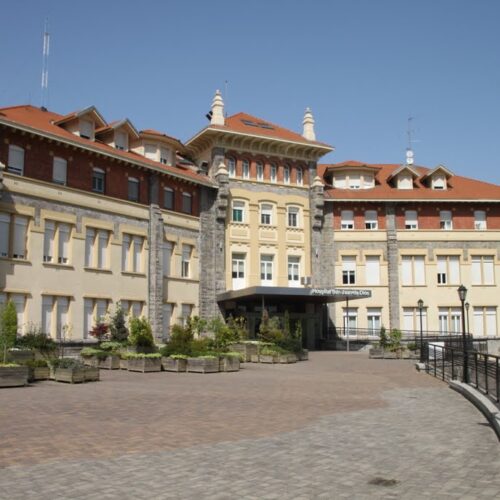
The Hospitaller Order is present today in fifty countries on the five continents, with more than 400 apostolic works, dedicated to caring for the sick and suffering people in all their needs.
The Order is at the service of the sick in general and the mentally ill. It also has units for palliative care, for patients with AIDS, Alzheimer's, etc. It also has centers for people with physical or intellectual disabilities, for the elderly, people without their own home, and for programs aimed at caring for drug addicts, among others.
In order to achieve the excellence the Hospital follows a Quality Policy based on the following principles:
1. Achieve patient satisfaction and meet their needs and expectations.
2. Maintain a quality system that works accurately and efficiently.
3. To provide an efficient and complete service in all our services.
4. Control and progressively reduce the number of incidents in the treatment of the patient within the different services of the Hospital.
5. Carry out efficient work in managing resources, both your own and the patient's.
6. Continuously improve the indicators of the associated processes.
7. Have satisfied working people.
Nevertheless, new expectations from patients have forced healthcare providers to rethink their patient engagement strategies. Happy patients are more likely to return to your practice in the future, recommend your practice to their friends and pay their bills on time and in full. The Hospital is looking for new ways of increasing the patients satisfaction
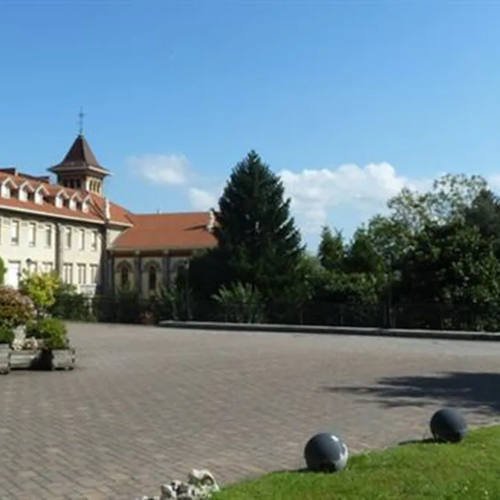
The Hospitaller Order is present today in fifty countries on the five continents, with more than 400 apostolic works, dedicated to caring for the sick and suffering people in all their needs.
The Order is at the service of the sick in general and the mentally ill. It also has units for palliative care, for patients with AIDS, Alzheimer's, etc. It also has centers for people with physical or intellectual disabilities, for the elderly, people without their own home, and for programs aimed at caring for drug addicts, among others.
The Hospital San Juan de Dios, aligned with the values of the Hospital Order of San Juan de Dios, aspires to continue providing medical-surgical health services as a reference Institution for the professionals of the health care sector.
1. Providing a rapid response to the health problems of the citizens of its environment.
2. Having a well known line of action focused on care (palliative, rehabilitative, etc.) with multidisciplinary and innovative human teams.
3. Promoting and collaborating in solidarity initiatives related to health, living and manifesting the charism of hospitality in the style of Saint Juan de Dios.
One of the biggest issues faced by hospitals nowadays isn’t discovering the next cure or caring for patients—it’s finding and retaining great professionals. Retaining employees is not only cost-effective, but it also adds continuity to your treatment, which can lead to higher-quality patient care. How is that possible in a competitive and ever-changing hospital environment? The hospital needs to increase its talent pool of professionals being aware of the budget restrictions.

The health-care professionals have been working in an environment of high risk, coupled with adherence to quarantine and stressors related to the job. It has been found that under these circumstances the psychological health of frontline healthcare workers have been seriously affected.
The Hospital is aware of the situation and is looking for methods and procedures to assess the perceived symptoms, come up with combat strategies, and motivating factors among health-care service providers affected by the COVID-19 pandemic.
How can we help and regain our professionals trust in the health system? What actions can we start implementing?

Tamar started by preparing menus for the clients' headquarters. Since then, he has grown his business gradually and has made a clear commitment to quality, personalized service and innovation. Now it has become one of the benchmarks in catering services nationwide.
Tamar is a company specialized in restaurant and catering services for communities. It provides flexible and close proposals that offer a varied, healthy, balanced and current diet.
It develops solutions in the comprehensive management of dining rooms for companies, educational centers, Administrations, nursing homes and hospitals.
In recent years it has continued to innovate with a professional line for hotels, restaurants and companies that lack adequate facilities to produce their own products.
Tamar is now developing a new business line to cover a possible gap in the market. The participating students in this project will have to develop the business plan which will contain the following deliverables:
- Competence & market study
- Product proposal
- Diet and quality compliance
- Distribution Strategy
- Sales strategy
- Pricing document
